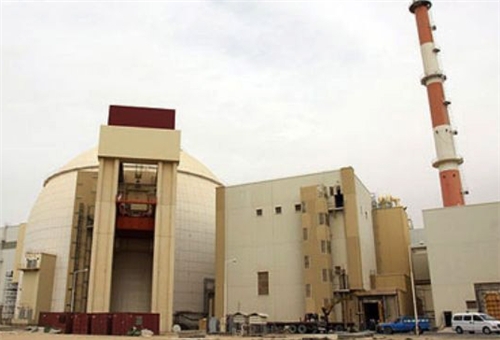
September 27-2013
More than a third of a century after construction began on the Bushehr nuclear power plant, it was finally turned over to Iranian control Monday.
But that is only tentative Iranian control.
The Russian technicians are not leaving yet. They are to stand in the background and watch how the Iranians they have trained do their jobs. If they see any problem, they are authorized to intervene and take back control of the plant.
The arrangement was explained by Ali-Akbar Salehi, the head of the Atomic Energy Organization of Iran and other officials.
They said the plant would be handed over to Iran completely and the Russians would leave after two years. But it wasn’t clear if the Russian departure was two years from now or two after any problem in the Iranian operation of the plant is corrected.
Russia has trained some hundreds of Iranian technicians in how to operate the plant and trouble shoot. But some Russian technicians involved with the plant have expressed dissatisfaction with their competence in recent years. Whether that is just an overflow of a Russian superiority complex or whether it reflects real errors on the part of the Iranian technicians is not known.
Salehi did not say how many Russians will remain at Bushehr to oversee the Iranian technicians.
Construction of the plant was begun by the German firm Kraftwerke Union in 1975. Work ceased with the revolution and the revolutionary pledge to halt all nuclear work because the project was just one of the Shah’s “prestige” projects intended to make Iran look good, but actually a waste of money for a country floating on oil and gas.
Several years later, Iran decided it wanted to revive the Shah’s nuclear program, but one country after another refused to take over the project. Finally, Russia signed a contract in January 1995 to build the plant and complete it by January 1999. Years of delays followed. What was to be a 48-month project is now a 237-month project—a 400 percent overrun.
Neither Iran nor Russia has said who has paid for all this work. No cost figures have been issued in this century.
The plant was first connected to the national grid in September 2011 when it was generating at 40 percent of its 1,000 megawatt capacity. It reached 100 percent in August 2012. But it was then shut down for several months without any explanation and only recently resumed generating electricity.
Next January, it will have been 39 years since construction began and 15 years since the Russian contract said the plant would be completed.


















